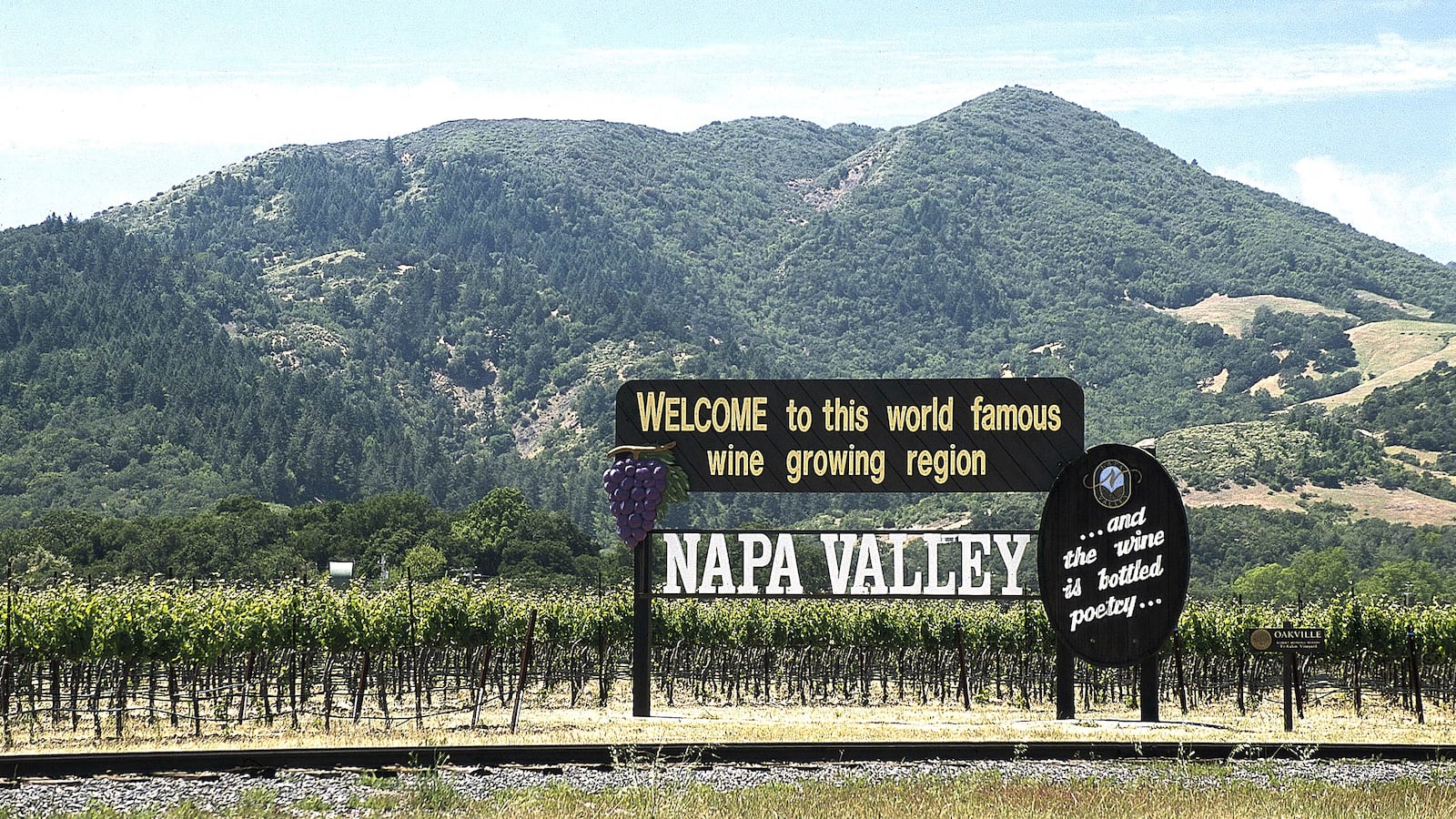Mention the name James Conaway in Napa Valley and don’t be surprised if the room gets very quiet.
Best known for his 1990 New York Times-bestseller, Napa: The Story of an American Eden, a social history of how the area rose to become the dominant winemaking region in the U.S., Conaway is one of the few writers who consistently casts both a fond and critical eye on the myth that is Napa.
When Conaway blurbed my 2015 wine book, Tangled Vines, a high-ranking executive at Napa Valley Vintners, the powerful trade group that represents most of the region’s 500 wineries, advised me that getting his endorsement was a bad move. I was told Conaway was not always trusted and focused on the negative.
Even Paul Franson, a reporter in St. Helena who publishes the broadly distributed weekly newsletter Napa Life, who admires Conaway, admits that not everyone is a fan of his books. Why? “A lot of people in the wine industry think he writes about things that shouldn’t be said,”
That attitude will most likely harden when they read Conaway’s newly published book, Napa at Last Light: America’s Eden in an Age of Calamity. Billed as the end of a trilogy about area, the book essentially argues that rich people and corporate interests have seized control of the winemaking and the county’s political bodies. Tourism, not winemaking, now prevails. The emphasis on parties, food and making wine regardless of its environmental impacts, according to Conaway, threatens to undermine the essence of what made Napa, Napa.
I recently caught up with Conaway, who divides his time between Washington, D.C, and California, to talk about his new book and if he has any hope for the future of the Valley.
You first came to the Napa Valley 30 years ago. What was it like then and how has it changed? “It was a decidedly agricultural realm with wine as the primary focus and everyone seemed either involved in that or happy to be among those who were. Napa Valley functioned as a more or less egalitarian community, with affinity between rich and less than rich. Naturally the county was overwhelmingly beautiful, with pastures and fruit trees as well as vines. Today the Valley proper is planted out and because of the flood of money into it during the last decade, money now overwhelmingly influences both politics and social institutions. Tourism has grown from a decidedly ancillary pursuit to an overwhelming one. There’s little meaningful exchange between the wealthy and everyone else, and little tolerance among the wealthy and those employed by them for opposition to more growth and development. For these reasons, the feeling of innocence in the eighties and early nineties is totally gone.”
You write in your book that the Napa Valley general plan, which sets zoning parameters, has been weakened in recent years. How so? “The definition of agriculture was changed, with little public awareness, to include marketing. Thus, a classic, ancient concept was bastardized so wineries could profitably feed people as well as sell wine, and to build structures where they might also meet and have ‘events’ of whatever sort, which promise to become as profitable as the wine itself. In doing this, they remove land from production and undermine the tenets of the agricultural preserve passed in the sixties.”
California looks like it is entering another drought. Will more development of Napa and potential deforestation change the future of winemaking in the Valley? “The county is drought-prone and water shortages seem inevitable. To be cutting trees, which protect the watershed and are a beneficial counterforce to harmful emissions, is scientifically unsound, economically stupid, and socially divisive. Winemaking itself has gotten a lot more industrial, since my early days in the valley, with more additives and emissions and much larger carbon footprints. To cut more trees for more development in the hills is simply untenable in the long term and disruptive in the short.”
Do you think the Napa Valley can still be “saved?” “It can never go back to what it was in the seventies and eighties, but it could be preserved in its present state by better enforcement of laws already on the books, and more resolution on the part of county agencies charged with enforcing those regulations. The valley said no to unbridled residential development back in 1968 when the agricultural preserve was passed, and it could do so again. People must make it apparent to officials that Napa says no, at long last, to further alteration of a physical environment and an industry with one foot already planted in ‘hospitality.’”






